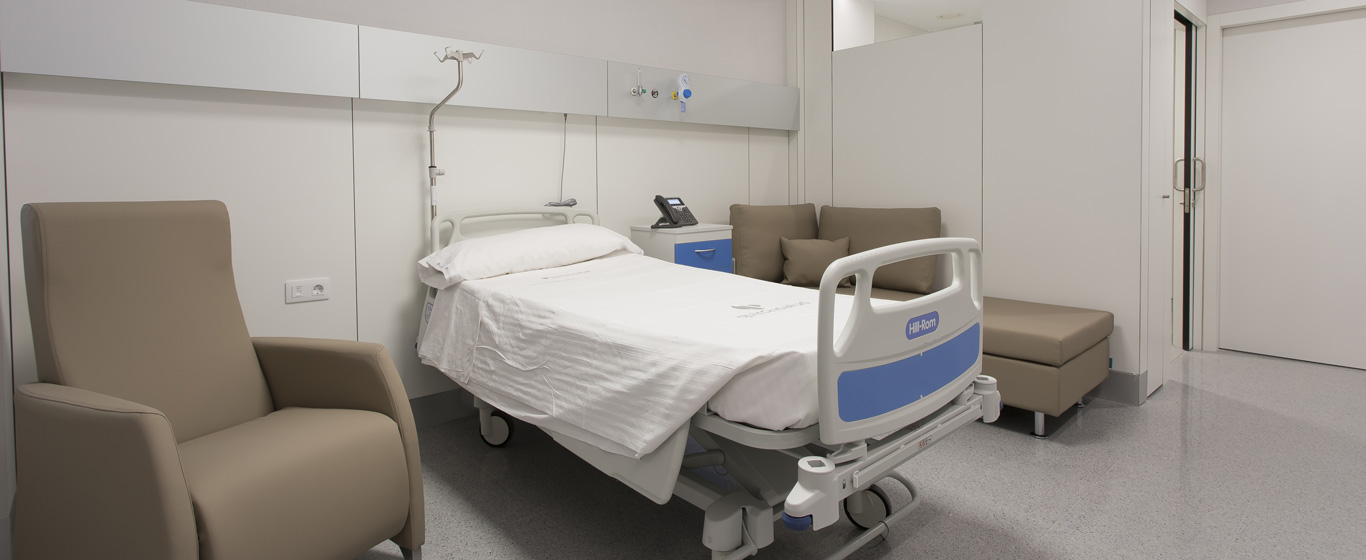Amyotrophic Lateral Sclerosis (ALS)
What are the symptoms of ALS? Everything about life expectancy and the initial signs of amyotrophic lateral sclerosis.
Symptoms and Causes
Amyotrophic lateral sclerosis, commonly known as ALS, is a degenerative disease that affects the nervous system, causing the death of both the motor neurons in the brain and spinal cord. As a result, they stop sending signals to the muscles, which gradually stop functioning, and over time, they atrophy and contract.
Although ALS affects most muscles, the sphincters, eyes, and heart remain undamaged. However, the progression of the disease limits movement and the ability to swallow, speak, and even breathe.
Many people confuse multiple sclerosis and ALS, but they are different diseases. While both affect the nervous system, the former is an autoimmune disorder that impairs movement in the form of controllable flare-ups, and its life expectancy is similar to that of the healthy population. On the other hand, amyotrophic lateral sclerosis causes progressive degeneration that cannot be reversed and significantly reduces life expectancy to between two and five years after diagnosis.
Symptoms
The signs of this disease are clear and recognizable, worsening over time. The initial symptoms of ALS and its intermediate stages usually include:
- Muscle spasms.
- Weakness in the arms or legs.
- Cramps or tics in the hands or feet.
- Inopportune reflex reactions, such as laughter, crying, or yawning.
As the disease progresses, the final symptoms are:
- Spasticity: muscle tension and rigidity.
- Dysarthria: difficulty speaking.
- Dysphagia: difficulty swallowing. This is often accompanied by hypersalivation.
- Dyspnea: difficulty breathing.
- Cognitive impairment.
Causes
The causes of amyotrophic lateral sclerosis are currently unknown. Although some cases have been identified with a hereditary component, only a minority of them can be genetically determined.
Risk Factors
ALS tends to affect men over the age of 75 more significantly.
Complications
The normal progression of the disease leads to complications in various body systems:
- Difficulty breathing, which may lead to respiratory failure.
- Problems speaking clearly.
- Malnutrition and dehydration caused by dysphagia. Additionally, there is a risk of food or liquids entering the lungs.
- Dementia.
Prevention
There is no way to prevent amyotrophic lateral sclerosis.
Which doctor treats amyotrophic lateral sclerosis?
Specialists in neurology, neurophysiology, and palliative care are part of the multidisciplinary team that diagnoses and treats ALS.
Diagnosis
Diagnosis can be complicated because some diseases, such as hyperthyroidism, syphilis, or cervical osteoarthritis, share symptoms with ALS. To confirm it, the following tests are performed:
- Review of the patient's medical history and symptoms.
- Electromyography: detects the electrical activity of the muscles.
- Blood tests and lumbar puncture to rule out other pathologies.
- Brain and spinal MRI.
Treatment
Currently, there is no cure for ALS. However, different therapies can be implemented to improve the patient's quality of life:
- Physiotherapy to exercise and strengthen muscles.
- Speech therapy to improve speech.
- Psychotherapy to help adapt to the new situation and cope with the disease.
- Some medications slow down the progression of symptoms and increase life expectancy.



























































































